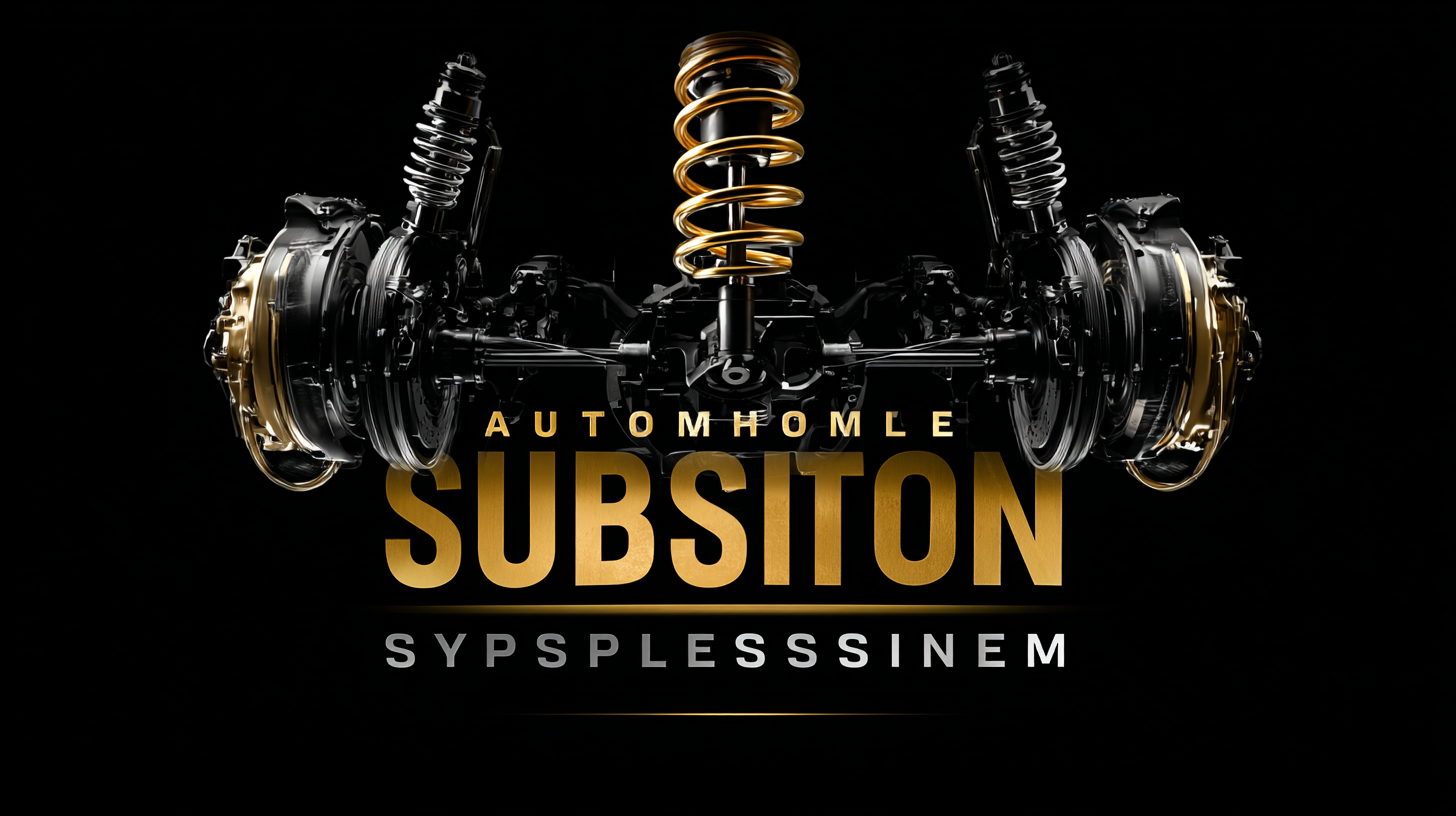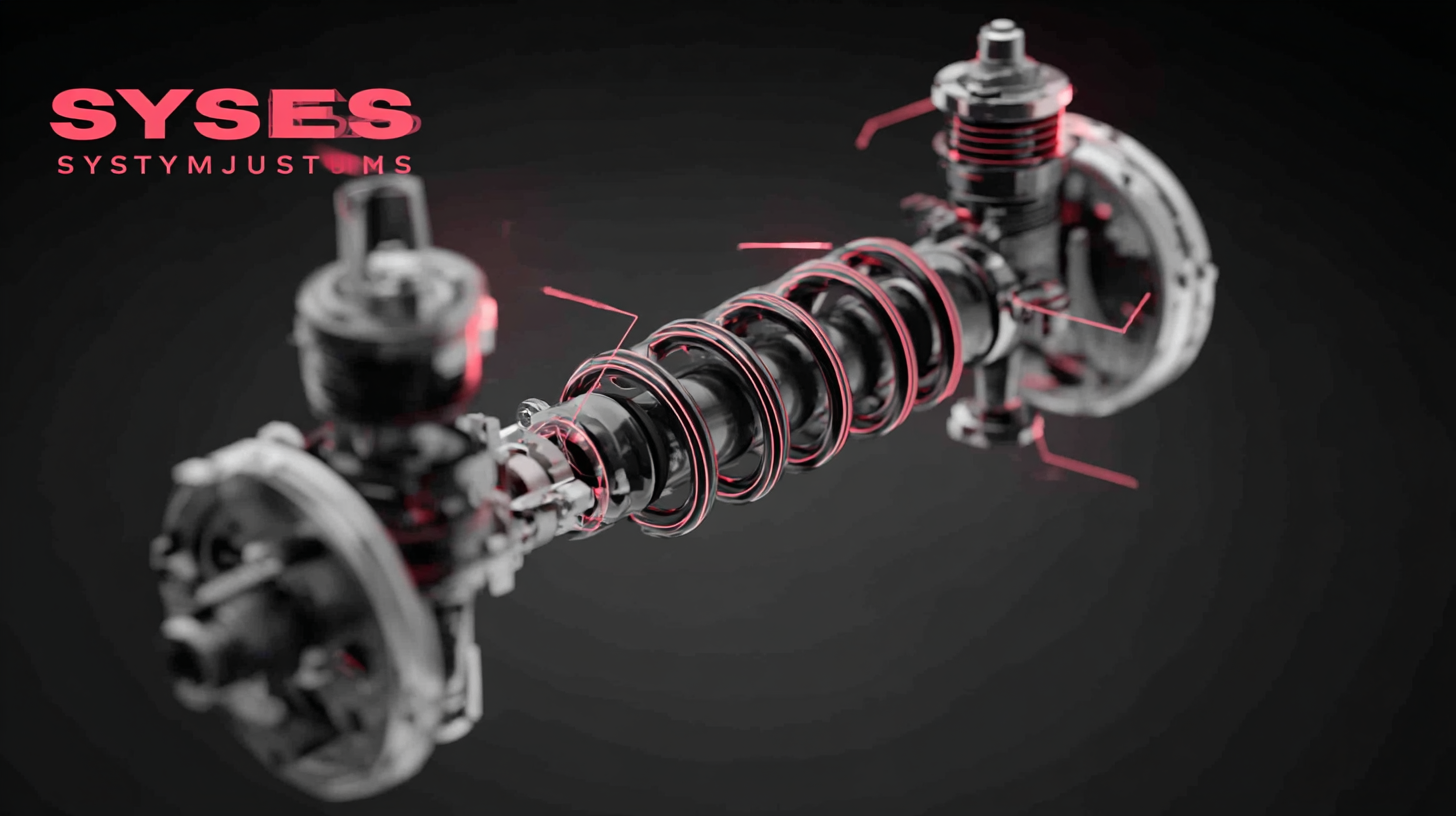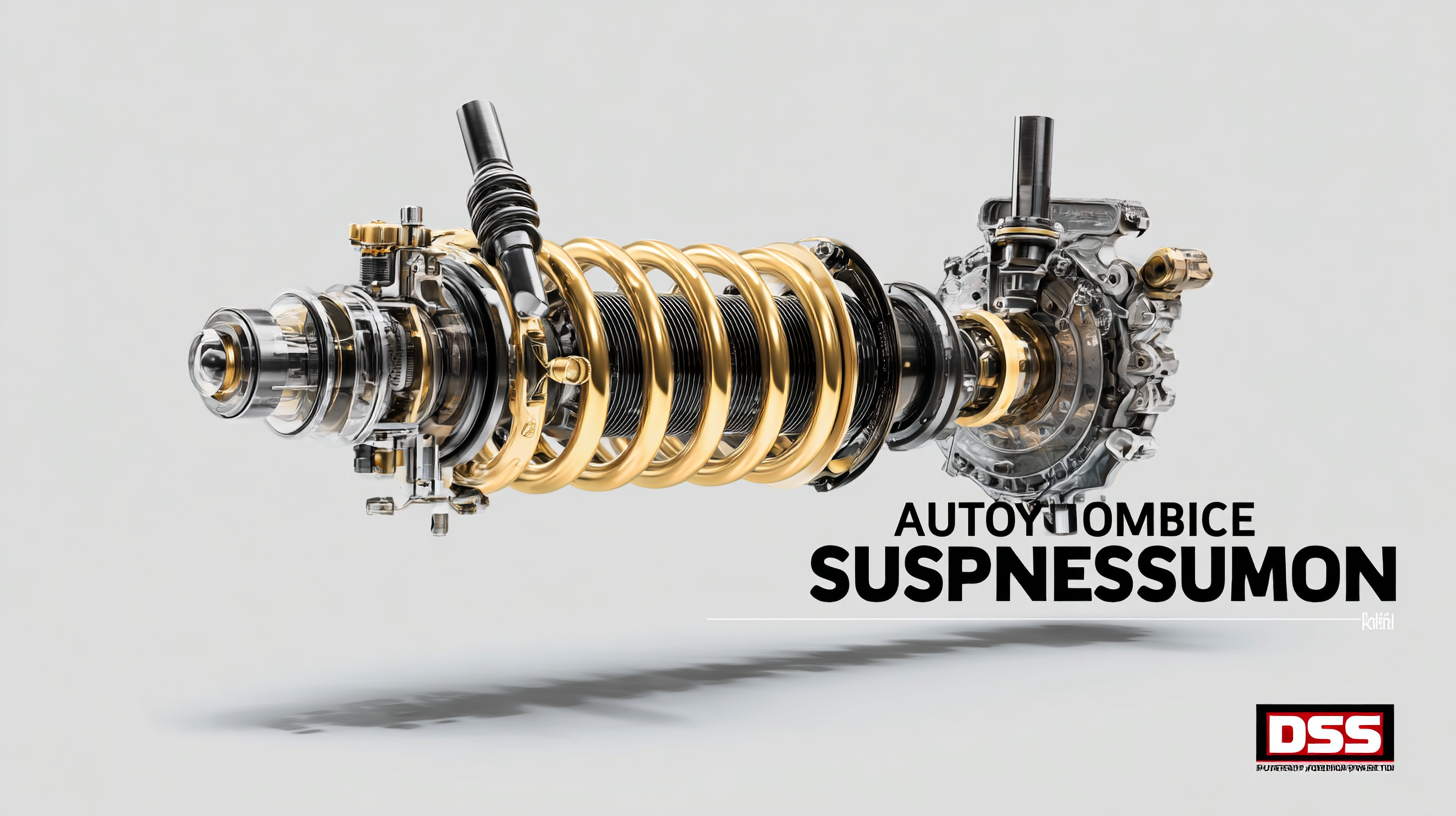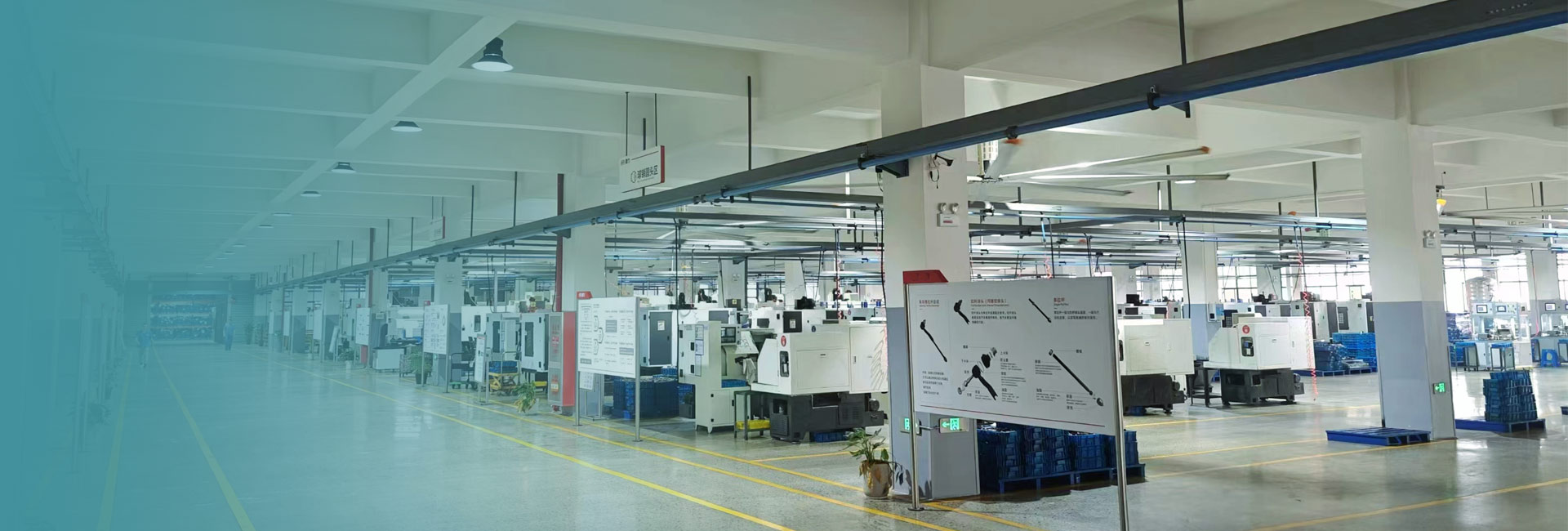Exploring the Diverse Features and Applications of the Best Automobile Suspension Systems
The automobile suspension system is a crucial component that significantly enhances vehicle performance, safety, and comfort. According to a recent report by Allied Market Research, the global automotive suspension market is projected to reach $50 billion by 2027, growing at a CAGR of 4.1% from 2020 to 2027. This growth is driven by advancements in technology and an increasing demand for passenger comfort, as well as the rising popularity of electric vehicles that require efficient suspension systems to accommodate their unique designs.

Various suspension types, including passive, active, and semi-active systems, offer diverse features optimizing ride quality, handling, and stability across a wide range of driving conditions. This blog will explore the diverse features and applications of the best automobile suspension systems, highlighting industry case studies, numerical data depicting their performance benefits, and the reasons why choosing the right suspension is imperative for modern vehicles.
Key Benefits of High-Quality Aftermarket Suspension Systems for Vehicle Owners
In recent years, the automotive industry has witnessed a significant shift towards advanced suspension systems, particularly with the rising popularity of high-quality aftermarket options. By 2025, the global active suspension system market is estimated to reach approximately $286.5 million, with projections indicating growth to around $530.7 million by 2033, reflecting a compound annual growth rate (CAGR) of 8.01%. This surge can largely be attributed to the enhanced performance and comfort these systems provide to vehicle owners.

High-quality aftermarket suspension systems offer various key benefits, including improved handling, enhanced ride comfort, and greater adaptability to different driving conditions. As the market for suspension systems continues to expand, projected to exceed $46.6 billion in 2024, there's a notable shift towards semi-active and active suspension systems. The expected CAGR of around 6.7% from 2025 to 2034 highlights the increasing recognition among vehicle owners of the value these systems provide in terms of safety and driving experience, solidifying their place in the future of automotive technology.
Comparative Analysis of Repair Costs for Different Suspension Types
When comparing the repair costs of different automobile suspension systems, it’s essential to consider the various types available on the market. Traditional MacPherson strut systems, commonly found in compact vehicles, typically incur lower repair expenses, averaging around $300 to $500 for common fixes. This makes them an attractive option for budget-conscious consumers. On the other hand, vehicles equipped with multi-link suspension systems tend to have higher repair costs, averaging between $500 and $800, due to their complexity and additional components that may require replacement over time.
Moreover, the rise in popularity of air suspension systems presents a unique cost dynamic. While they offer enhanced ride comfort and adjustability, repairs can be quite expensive, ranging from $700 up to $1,200, largely due to the advanced technology and specialized components involved. According to a report by the Automotive Research Institute, the maintenance costs for air suspensions are significantly higher over the vehicle's lifespan, which could deter some consumers from opting for this feature. Understanding these cost implications is crucial for consumers making informed decisions about their vehicle's suspension type, balancing initial investment with long-term maintenance expenses.
Exploring the Diverse Features and Applications of the Best Automobile Suspension Systems - Comparative Analysis of Repair Costs for Different Suspension Types
| Suspension Type |
Features |
Common Applications |
Average Repair Cost (USD) |
| MacPherson Strut |
Lightweight, compact design, good handling |
Sedans, Hatchbacks |
$300 - $800 |
| Multi-link |
Excellent handling, adjustable camber |
Luxury Cars, Sports Cars |
$500 - $1200 |
| Leaf Spring |
Simple design, high durability |
Trucks, Vans |
$200 - $600 |
| Air Suspension |
Adjustable height, improved comfort |
Luxury SUVs, Performance Vehicles |
$800 - $1500 |
| Hydraulic Suspension |
Smooth ride, self-leveling |
Classic Cars, Custom Builds |
$1000 - $2500 |
Real-World Examples of Effective Suspension Upgrades and Solutions
When it comes to enhancing vehicle performance, upgrading your suspension system can make a significant difference. Real-world examples illustrate how effective suspension upgrades can improve handling, ride comfort, and overall driving dynamics. For instance, many sports car enthusiasts opt for coilover kits to achieve a lower center of gravity, which enhances cornering stability. These kits allow for adjustable ride height and damping, providing the flexibility to tailor performance based on driving style and conditions.
Another popular upgrade is the installation of air suspension systems, particularly among truck and SUV owners. These systems offer the ability to adjust ride height on the fly, making it easier to clear obstacles off-road or achieve a more aerodynamic profile on highways. The added benefit of improved load-bearing capacity translates to better towing capabilities, which is invaluable for those who frequently haul heavy loads.
**Tips:** Always consult with a professional when selecting suspension upgrades to ensure compatibility with your vehicle. Additionally, test-driving different setups can provide insights into how various systems perform under different conditions. Finally, keep maintenance in mind; regular checks can keep your suspension system in optimal condition, extending its life and enhancing your driving experience.
Exploring the Diverse Features and Applications of the Best Automobile Suspension Systems
This chart illustrates the performance ratings of various features in automobile suspension systems, rated on a scale from 1 to 10. Different features such as comfort, handling, durability, cost, and weight are essential considerations for optimizing vehicle suspension.
Impact of Suspension Systems on Vehicle Performance and Safety
 The suspension system of a vehicle plays a crucial role in determining its overall performance and safety. It serves as the primary connection between the vehicle's frame and its wheels, absorbing shocks from the road and maintaining tire contact, which is essential for optimal traction and handling. A well-designed suspension system not only enhances ride comfort but also mitigates the risk of accidents by improving stability during critical driving conditions, such as sharp turns or sudden stops.
The suspension system of a vehicle plays a crucial role in determining its overall performance and safety. It serves as the primary connection between the vehicle's frame and its wheels, absorbing shocks from the road and maintaining tire contact, which is essential for optimal traction and handling. A well-designed suspension system not only enhances ride comfort but also mitigates the risk of accidents by improving stability during critical driving conditions, such as sharp turns or sudden stops.
Different types of suspension systems, such as independent, dependent, and air suspensions, cater to specific needs and driving environments. For instance, independent suspensions provide superior handling and ride quality, making them ideal for modern cars. Conversely, robust dependent suspension systems are often used in trucks and SUVs, designed to handle heavy loads while ensuring driving safety. Additionally, advanced technologies like adaptive suspensions adjust in real-time to road conditions, further enhancing vehicle performance. Thus, investing in an appropriate suspension system is vital for ensuring both the performance of the vehicle and the safety of its passengers.
Maintenance Tips to Maximize the Lifespan of Your Suspension System
Maintaining your automobile suspension system is crucial for ensuring optimal performance and safety. According to a report by the Automotive Aftermarket Industry Association (AAIA), approximately 50% of vehicles on the road today suffer from suspension-related issues. Regular maintenance can significantly extend the lifespan of these systems, ensuring better ride quality and enhanced vehicle control. Key maintenance practices include checking for leaks in shock absorbers and inspecting bushings and joints for wear. It is recommended to follow the manufacturer's guidelines for routine inspections every 10,000 to 15,000 miles.
Furthermore, investing in quality components can pay off in the long run. A study from the International Institute of Automotive Engineering found that vehicles equipped with premium suspension systems can experience a reduction in maintenance costs by up to 30%. Drivers should also be aware of the signs of wear, such as excessive bouncing, uneven tire wear, and drifting during turns. Addressing these issues promptly can prevent more significant problems and costly repairs down the line. By committing to regular inspections and maintenance of your suspension system, you can help ensure your vehicle remains safe and reliable for years to come.







 The suspension system of a vehicle plays a crucial role in determining its overall performance and safety. It serves as the primary connection between the vehicle's frame and its wheels, absorbing shocks from the road and maintaining tire contact, which is essential for optimal traction and handling. A well-designed suspension system not only enhances ride comfort but also mitigates the risk of accidents by improving stability during critical driving conditions, such as sharp turns or sudden stops.
The suspension system of a vehicle plays a crucial role in determining its overall performance and safety. It serves as the primary connection between the vehicle's frame and its wheels, absorbing shocks from the road and maintaining tire contact, which is essential for optimal traction and handling. A well-designed suspension system not only enhances ride comfort but also mitigates the risk of accidents by improving stability during critical driving conditions, such as sharp turns or sudden stops.